Halloween: The weird and wonderful Scottish traditions of Samhain
The old customs of Halloween in Scotland - or the Celtic celebration of Samhain – were captured in a remarkable set of images by photographer Margaret Fay Shaw on South Uist in 1932.
Originally from Pennsylvania, she had travelled to the Outer Hebrides a few years earlier to find ‘pristine’ Gaelic folksong and first went to live in a tiny glen in South Lochboisdale, South Uist, to immerse herself in crofting life.
Advertisement
Hide AdAdvertisement
Hide AdShe stayed with two sisters, Peggy and Mary Macrae, in their croft house in North Glendale, and on Halloween – or Oidhche nan Cleas (‘Night of Tricks’) – photograph and filmed island children in their fancy dress after seeing a ‘horrible face’ appear at her window on Halloween night
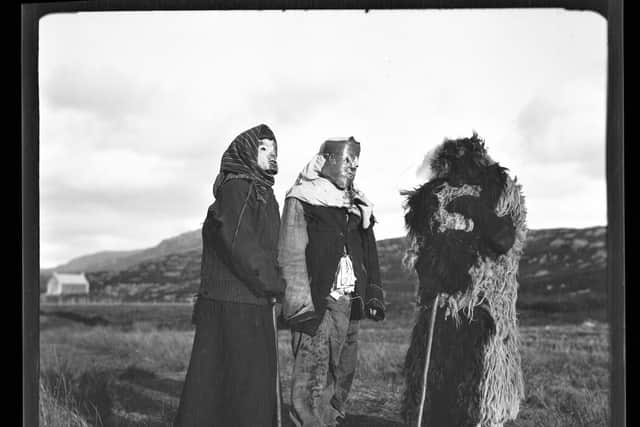

Fiona Mackenzie, archivist at Canna House, where Shaw later settled with her husband, folklorist John Lorne Campbell, said: “Her film and photos are a rare record of these children in their sheepskin garb, haystack wigs and rope scarves.
"This was a time before ‘scary movies’, mass-manufactured fairy and monster outfits, and ‘trick or treating’ … these are real gìsears or guisers.
"Sheepskins – including the scraped-out skull and ears – were commonly used to hide the identity of a guiser. The gìsears would carry lit peats to guide them from house to house, where they gave a song or told a fealla-dha (joke) in return for a treat, usually a scone or a bannock.”
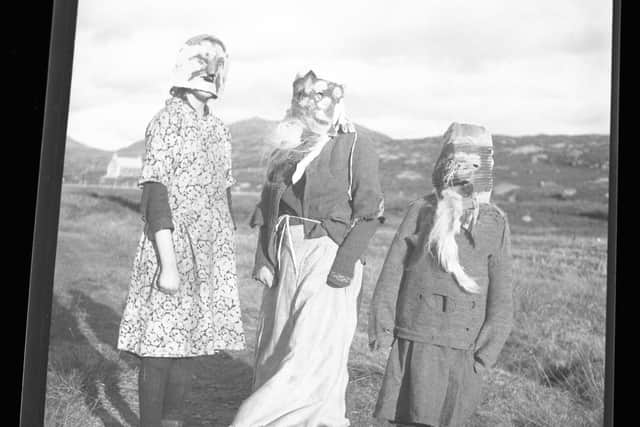

The coming of winter was hailed with more fun and merriment than any other season of the year, according to 19th Century folklorist and antiquarian John Gregorson Campbell, author of The Gaelic Otherworld.
Samhain welcomed the coming of the ‘dark part of the year’ with celebrants believing that the barriers between the physical world and the spirit world broke down during the night of October 31, allowing
a connection between humans and denizens of the Otherworld.
James George Frazer, in his seminal work The Golden Bough, wrote: “But it is not only the souls of the departed who are supposed to be hovering unseen on the day ‘when autumn to winter resigns the pale year’.
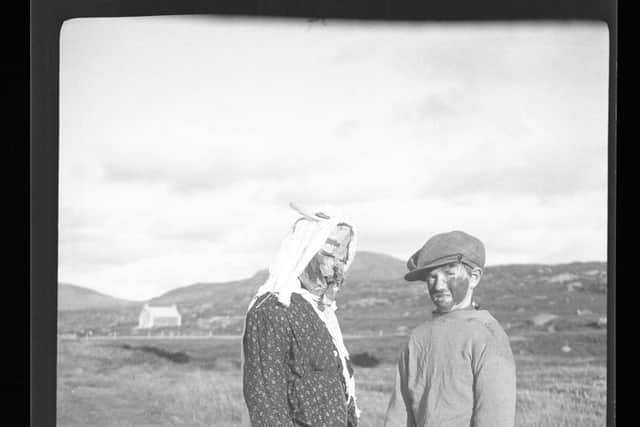

Advertisement
Hide AdAdvertisement
Hide Ad"Witches then speed on their errands of galloping along the roads to tabby cats, which for that evening are turned into coal-black steeds. The fairies, too are all let loose, and hobgoblins of every sort roam freely about.”
In South Uist and Eriskay, there was a saying:
"Hallowe’en will come, will come,
"Witchcraft (or divination) will be set agoing,
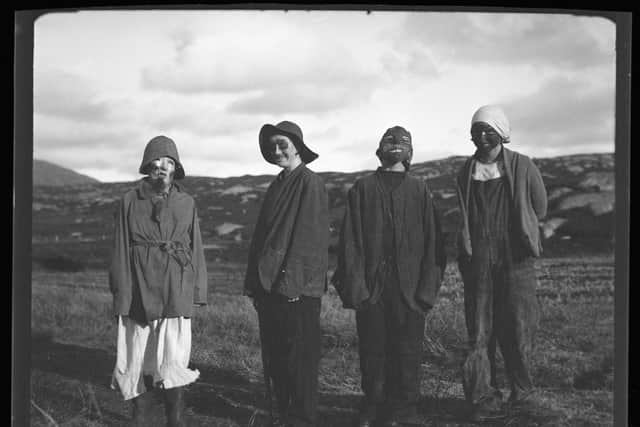

"Fairies will be at full speed,
"Running in every pass.
"Avoid the road, children, children.”
Fires – or Samhnagan – were built from ferns and tar barrels collected on Halloween. One was built for each house and there was competition as to who could build the biggest. Carved out turnips started to appear from the Middle Ages.
Reverend James Robertson, minster of Callander, wrote of fires being lit in hamlets at sundown.
He wrote: “The neighbours assembled and each, according to seniority, placed a marked stone at the edge of the ashes till a circle was made about the site of the fire, which was then abandoned.
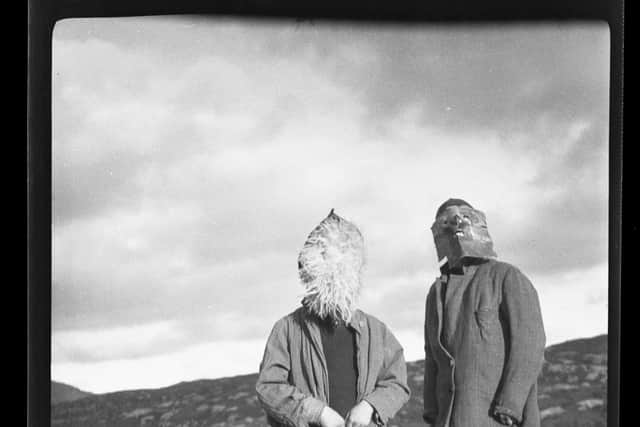

"Next morning, the place was visited, and if any of the party found his foot-print in the ashes, and his stone removed from its place, he was doomed to die before the twelve months expired.”
As the evening wore on, games – or clesan – began with the aim to foretell of future husbands and wives of those playing.
Gregorson Campbell suggested the games had their roots in Pagan times, with several objects used.
SHOES
Thrown over a house, the position of the falling show dictated the direction the thrower would head before long. It was considered very unlucky if the shoe was found with the sole facing up.
EGG WHITES
Advertisement
Hide AdAdvertisement
Hide AdThe whites of eggs, dropped in a glass of pure water indicated how many children a person was going to have, depending on the marks left on the glass.
NUTS
Two nuts were put to the fire beside each other to represent two people known to the group. As they burned together, or flared up alone, or leaped away from each other the future marriage of the pair – or rejection of each other – was inferred.
A DISH OF MILK AND MEAL
The milk and meal mix – or crowdie – was made and a ring dropped in the dish. Spoons were passed around and the meal attacked. Whoever found the ring would marry first.
A PIECE OF FLESH
A piece of flesh would be buried and if a living creature was found in it the next morning, the person would be married. If no creature was found, they never would.
These games were thought of as good fun more than a serious venture into divinitation, but still the rituals of old Halloween are worth remembering as we cruise through a modern interpretation of a very old festival.
Some believe many of the practices of old Halloween were taken to America by Scots and Irish immigrants with customs later relabelled, such as guising becoming trick or treating, and sent back home.
A message from the Editor:Thank you for reading this article. We're more reliant on your support than ever as the shift in consumer habits brought about by Coronavirus impacts our advertisers.
If you haven't already, please consider supporting our trusted, fact-checked journalism by taking out a digital subscription.